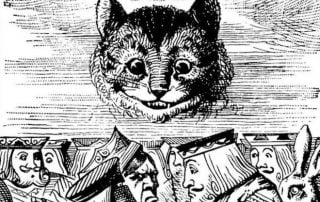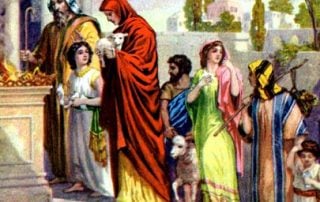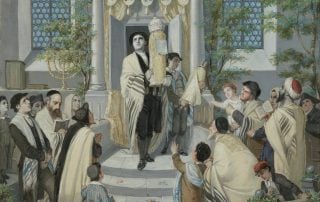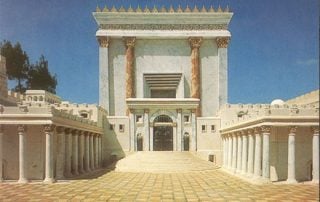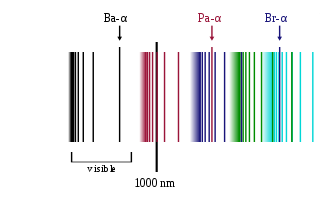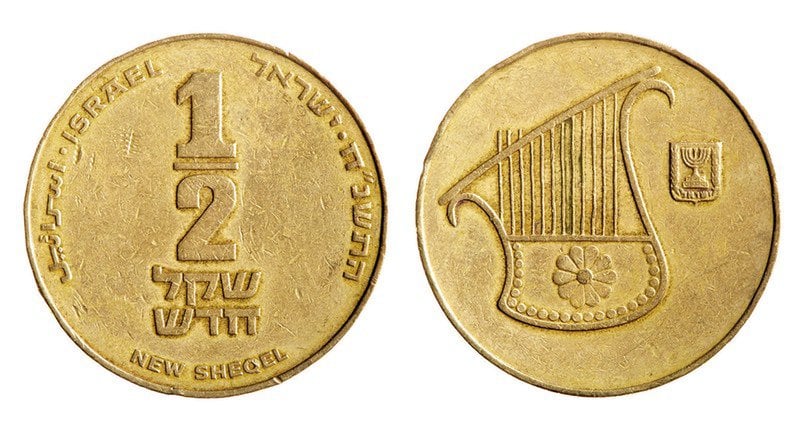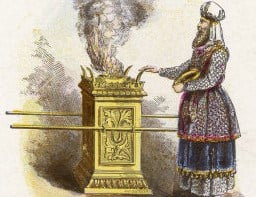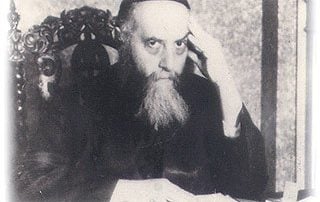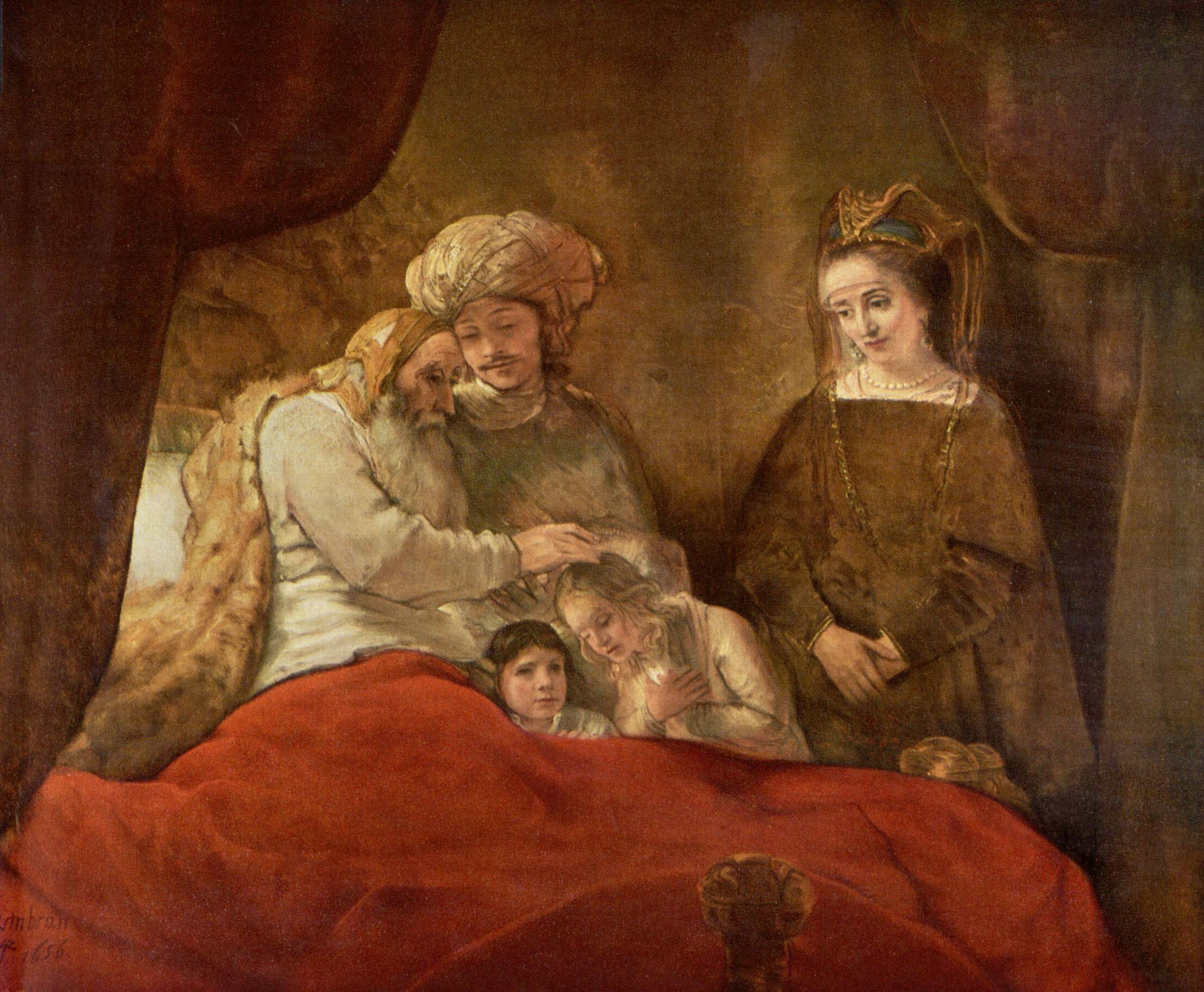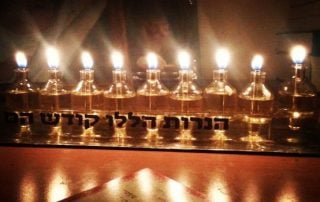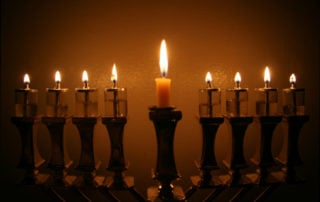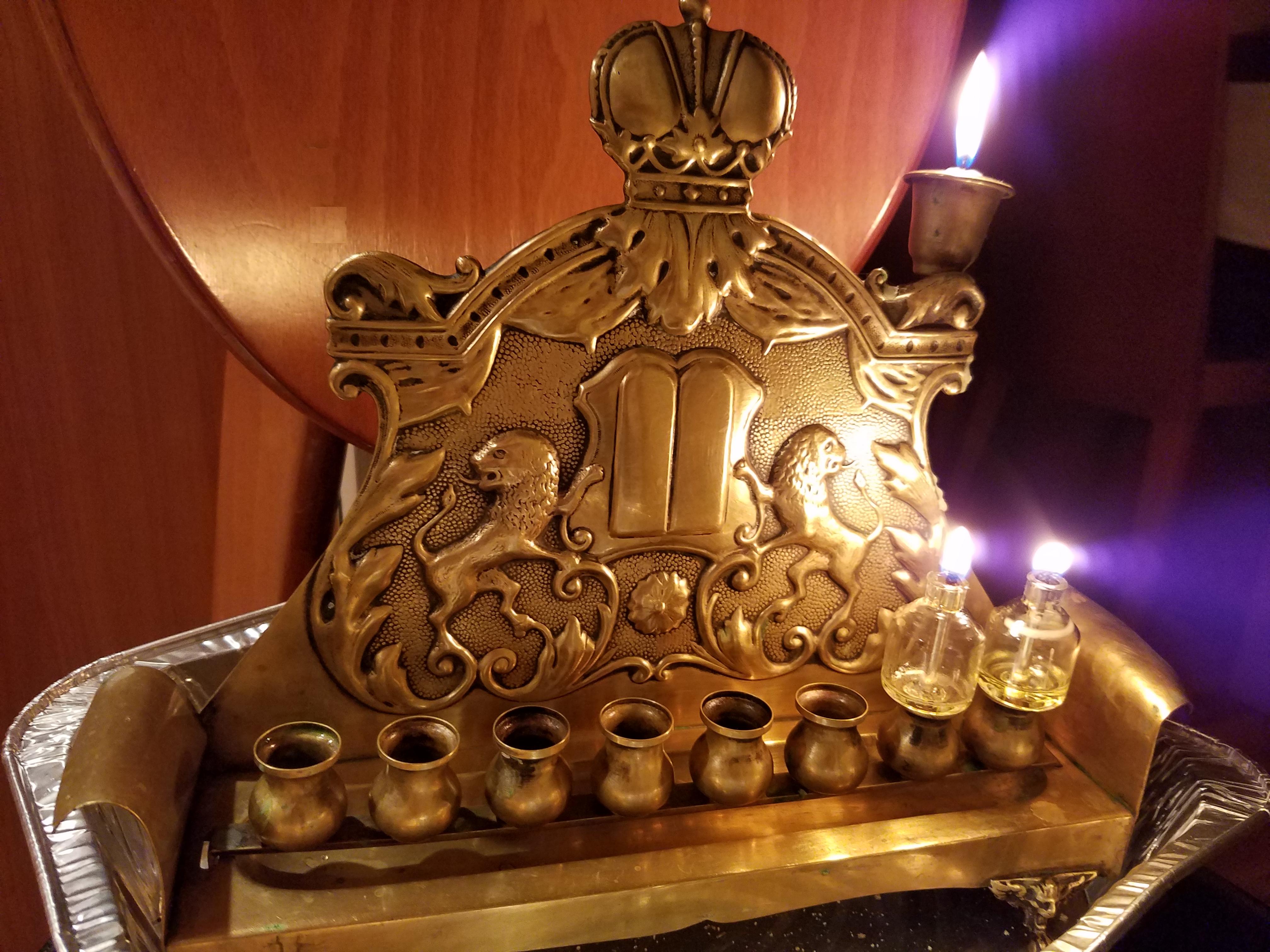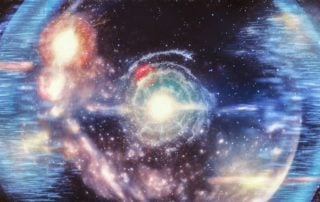Holiday of G‑d’s Name
According to the tradition passed down to us from the Baal Shem Tov, the day after Yom Kippur is called the Holiday of G‑d's Name. As it is explained in Kabbalah and the Chasidic tradition, each Divine name corresponds to a particular emanation of the G‑dly light and is associated with specific worlds and specific sephirot. For example, the name, Ekiyeh (AHYH) is associated with the sephirah of Ketter. The names Havayah (Y‑H‑W‑H) is associated with the world of Atzilut and sephirah of Tiferet, etc. However, when we refer to the Divine Name without specifying which particular name it is, we refer to the level that is higher than all worlds and all sephirot. On Yom Kippur, we reach our very essence, the level of Yehida shebenefesh—the highest level of the Divine soul. [...]

